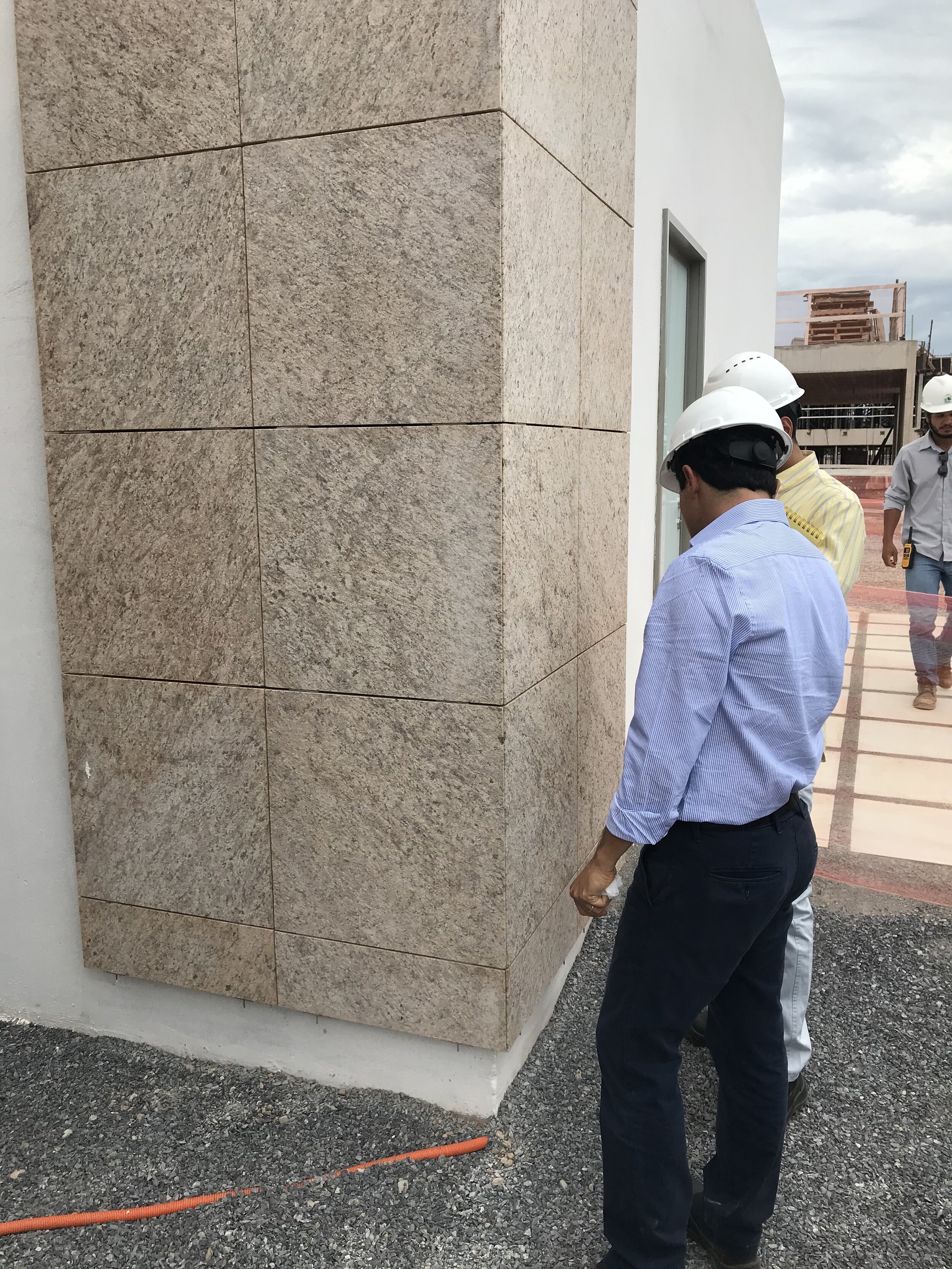How Prototyping in Architecture is Important on the Construction Process
Historically, prototypes have played a significant role in architectural innovation. They have been used primarily to test and refine elements of buildings, generally during the design process and during construction. Practices like ATRIA increasingly build prototypes earlier in the design process and during the construction phase, not only to test ideas, but to enhance construction performance and reduce risks. Reduced risks translate into reduced costs.
At a first look, prototyping falls under the domain of model making. The physical models allow an inspection of the design and analysis of the geometric form, usually difficult to be observed as a whole in sketches, layouts and 3D models. Therefore, the physical model retains its importance in the design process despite the proliferation of digital technology have consumed drawing representations.
Physical Model - Façade Module (Picture by ATRIA)
Façade Module Physical Model - Construction Process (Picture by ATRIA)
The use of mock-ups as a preliminary step in the construction process is an invaluable tool for ensuring buildability. Difficulties and mistakes made building the mock-up can then be avoided on the full-scale construction phase. The prototypes will prove whether processes that appear practical on paper are equally so in reality or whether modifications are required.
In construction the mockups are the evolution of the architecture prototypes developed on the design phases. 1:1 scale prototype are constructed to verify samples selection; to demonstrate aesthetic, quality of materials and execution. They review coordination, testing and operation, show interface between different materials and demonstrate compliance with specified installation tolerances.
Façade Module Mockup Assemble (Picture by Supera Engenharia)
Façade Module Mockup - Lighting Test (Picture by Supera Engenharia)
The use of mockups can be useful for reducing environmental impacts. By developing best practices the use of materials, amount of waste and energy usage can be controled. Trials of equipment and working practices can be developed within a mock-up to determine the best methods of decreasing noise, dust and other environmental impacts during the construction process.
Construction mockups reduce financial and performance risk, develop faster working methods, understanding issues and scope. Therefore, prototyping should be seen as an investment for project improvement and cost reduction.
Façade Brise Soleil Mockup (Picture by ATRIA)
Façade Cladding Mockup (Picture by ATRIA)
Façade Module Mockup Assemble (Picture by Supera Engenharia)
Façade Module Mockup Assemble (Picture by Supera Engenharia)








